
Hola Beto mis mas sinceros saludos.
Tengo este dilema aquí en el seno de nuestro equipo de trabajo yo clasifique un aceite de asentamiento para motor diesel en la partida 2710192900 (SISTEMA ARMONIZADO C.A.) te mando la ficha que me proporcionaron haber si me das una manito de aquí a mañana. Por Fa.
Mi pregunta es: los aceites para motores son considerados como aceites lubricantes de la partida 27101991 o son considerados como aceites pesado de la partida 27101929??? me urge su respuesta ,gracias amigos
Te estaré muy agradecido.
SALUDOS CORDIALES.
_________________________
Ulises Moncada
Departamento de Aforo
Agencia Aduanera ACONIC
Tel.: 2289-0325 Ext.: 109
e-mail: aforoum@aconic.com.ni
Respuesta:
Para tu caso primero recuerda que subpartida es unicamente a 6 digitos, despues de esta numeracion ya cada pais tiene sus textos de posicion.
Checate la composicion del producto:
Lube Oil base stock 75%-82% CAS 064742-54-7
Petroleum additives 18%-25% CAS Mixture
Chemical Name: Distillates, petroleum, hydrotreated heavy paraffinic
CAS Registry Number: 064742-54-7
Synonyms: Mineral oil (3); Paraffinic petroleum oil; Hydrotreated petroleum distillate; Distillates (petroleum), hydrotreated heavy paraffinic; Mineral oil, petroleum distillates, hydrotreated (mild) heavy paraffinic; Mineral oil, petroleum distillates, hydrotreated (severe) heavy paraffinic
este insumo de tu producto lo tienes en un % de mas de 75% y es de petroleo el otro procentaje es de aditivos derivados del petroleo.
Veras el aceite lubricante de motor es aceite pesado de lubricacion casi siempre con aditivos, pero por ejemplo aqui en mexico tenemos la poscion que especifica 27101902 "aceites de engrase o preparacion lubricantes a base de aceites minerales derivados del petroleo, con aditivos (aceites lubricantes terminados)"
MOTOR OIL
Motor oil, or engine oil, is an oil used for lubrication of various internal combustion engines. While the main function is to lubricate moving parts, motor oil also cleans, inhibits corrosion, improves sealing and cools the engine by carrying heat away from moving parts. Dieter Klamann's text[1] provides extensive technical detail about motor oils.
Motor oils are derived from petroleum-based and non-petroleum synthesized chemical compounds. Motor oils are today mainly blended by using base oils composed of hydrocarbons (mineral, polyalphaolefins (PAO), polyinternal olefins (PIO), thus organic compounds consisting entirely of carbon and hydrogen. The base oils of some high-performance motor oils contain up to 20 wt.-% of esters.
Properties
Most motor oils are made from a heavier, thicker petroleum hydrocarbon base stock derived from crude oil, with additives to improve certain properties. The bulk of a typical motor oil consists of hydrocarbons with between 18 and 34 carbon atoms per molecule.[6] One of the most important properties of motor oil in maintaining a lubricating film between moving parts is its viscosity. The viscosity of a liquid can be thought of as its "thickness" or a measure of its resistance to flow. The viscosity must be high enough to maintain a lubricating film, but low enough that the oil can flow around the engine parts under all conditions. The viscosity index is a measure of how much the oil's viscosity changes as temperature changes. A higher viscosity index indicates the viscosity changes less with temperature than a lower viscosity index.
Motor oil must be able to flow adequately at the lowest temperature it is expected to experience in order to minimize metal to metal contact between moving parts upon starting up the engine. The pour point defined first this property of motor oil, as defined by ASTM D97 as "...an index of the lowest temperature of its utility..." for a given application, but the "cold cranking similator" (CCS, see ASTM D5293-08) and "Mini-Rotary Viscometer" (MRV, see ASTM D3829-02(2007), ASTM D4684-08) are today the properties required in motor oil specs and define the SAE classifications.
Oil is largely composed of hydrocarbons which can burn if ignited. Still another important property of motor oil is its flash point, the lowest temperature at which the oil gives off vapors which can ignite. It is dangerous for the oil in a motor to ignite and burn, so a high flash point is desirable. At a petroleum refinery, fractional distillation separates a motor oil fraction from other crude oil fractions, removing the more volatile components, and therefore increasing the oil's flash point (reducing its tendency to burn).
Another manipulated property of motor oil is its Total Base Number (TBN), which is a measurement of the reserve alkalinity of an oil, meaning its ability to neutralize acids. The resulting quantity is determined as mg KOH/ (gram of lubricant). Analogously, Total Acid Number (TAN) is the measure of a lubricant's acidity. Other tests include zinc, phosphorus, or sulfur content, and testing for excessive foaming.
The NOACK volatility (ASTM D-5800) Test determines the physical evaporation loss of lubricants in high temperature service. A maximum of 15% evaporation loss is allowable to meet API SL and ILSAC GF-3 specifications. Some automotive OEM oil specifications require lower than 10%.

..bmp)

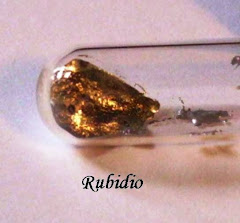


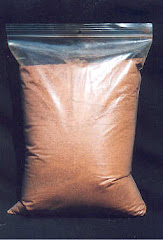..jpg)
..jpg)
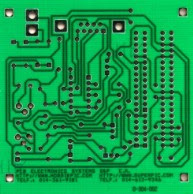
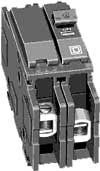
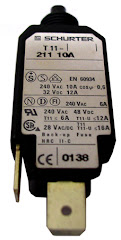




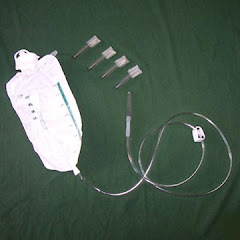.jpg)
.gif)
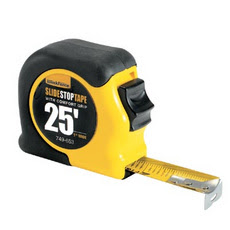.jpg)

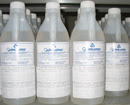
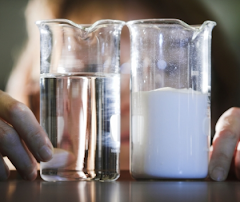
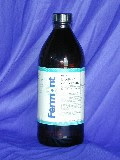



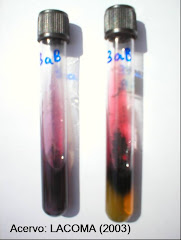

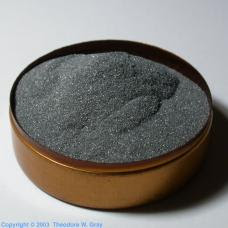..jpg)

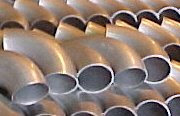+Stainless+steel+elbow.bmp)
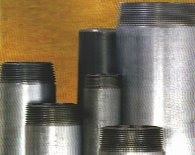
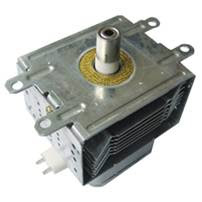
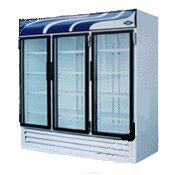
..jpg)
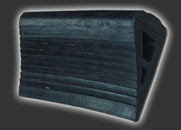
..jpg)

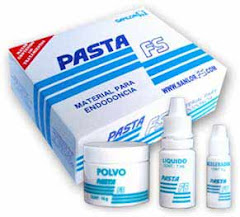..jpg)




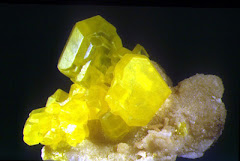
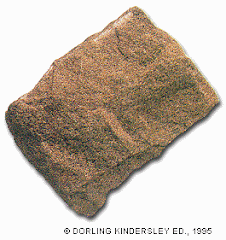
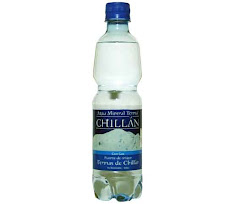
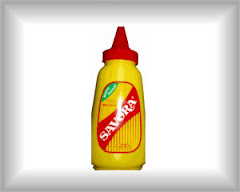

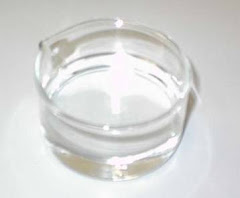





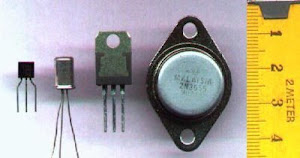
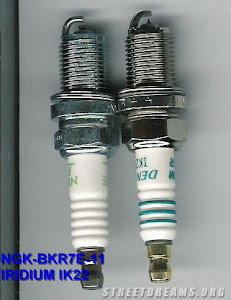


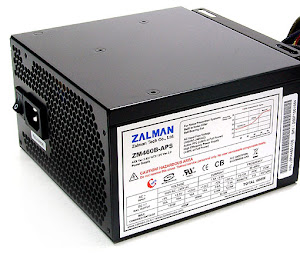..jpg)
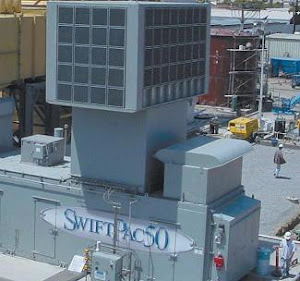..jpg)

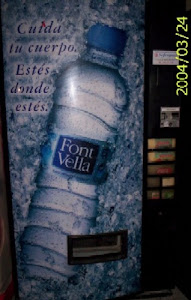
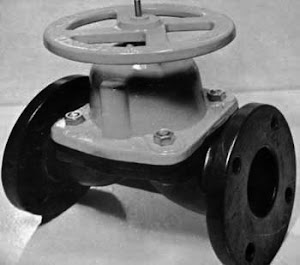..jpg)




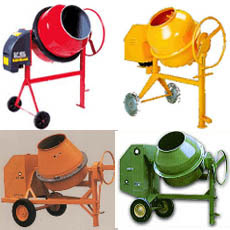

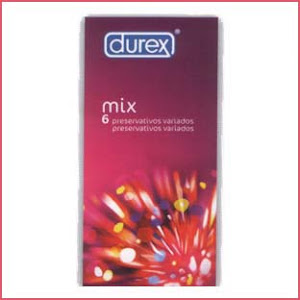
Tablestacas..gif)

.gif)
.bmp)




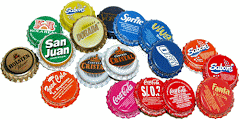




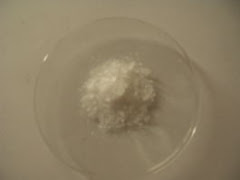

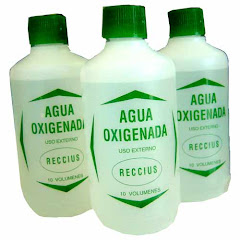..jpg)

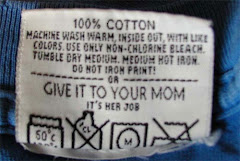

.jpg)
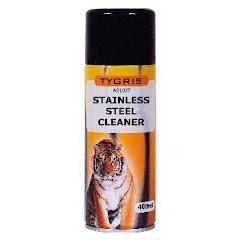

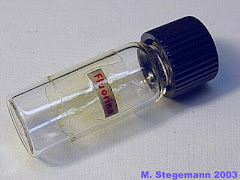
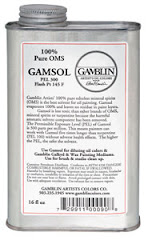..jpg)
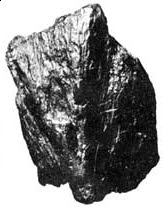
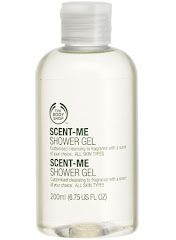

.jpg)




..jpg)

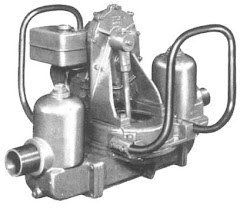

.gif)




..jpg)

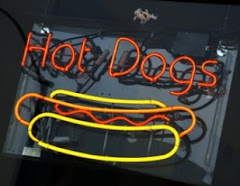


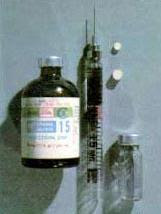


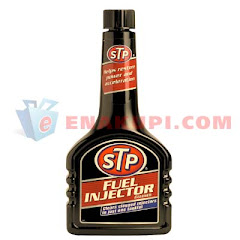
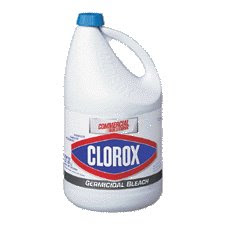








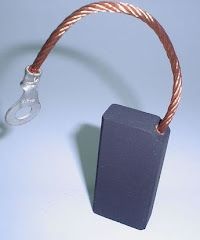
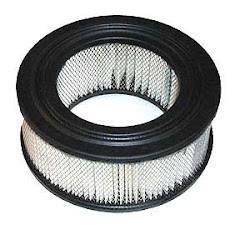
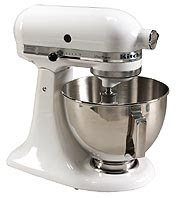

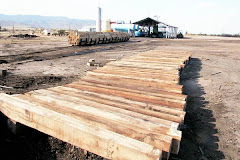+de+madera+para+vias,sin+impregnar.jpg)
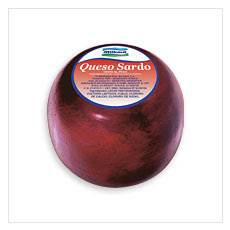
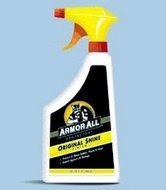
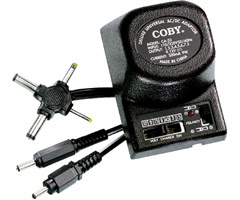





..jpg)
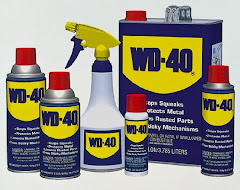


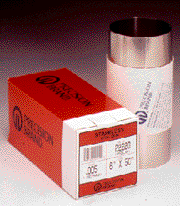.gif)
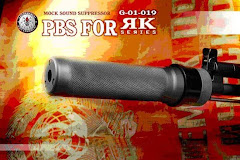

..jpg)
+de+oruga.jpg)
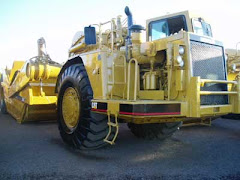
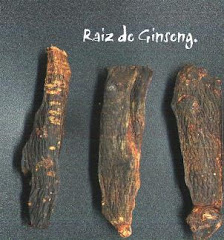




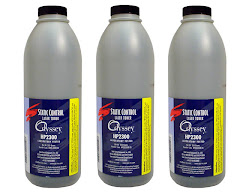


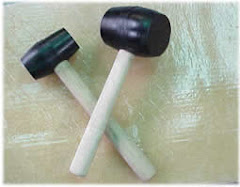
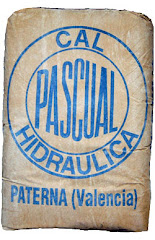




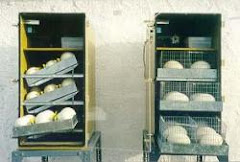

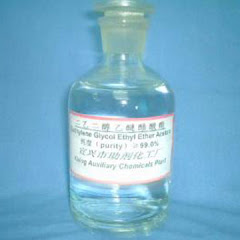
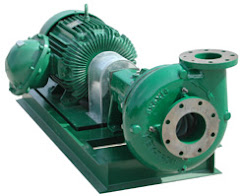
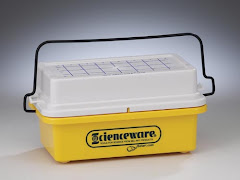+BEL-ART.jpg)
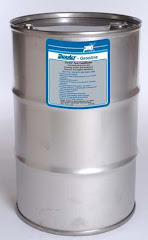

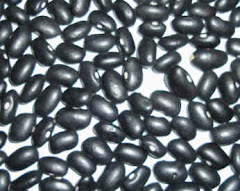
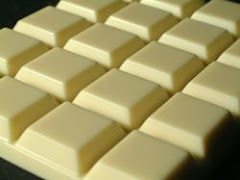





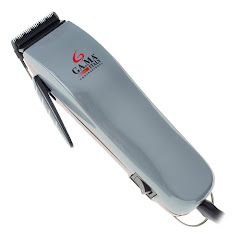

.jpg)
..jpg)
.gif)
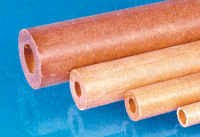..bmp)



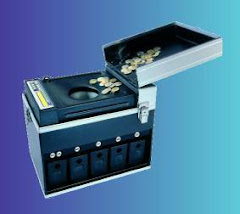
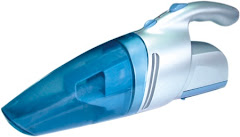
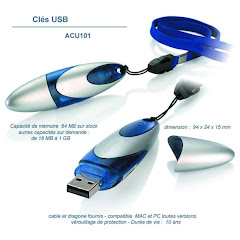.bmp)
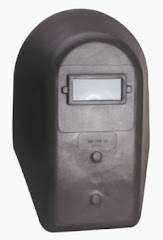

No hay comentarios:
Publicar un comentario